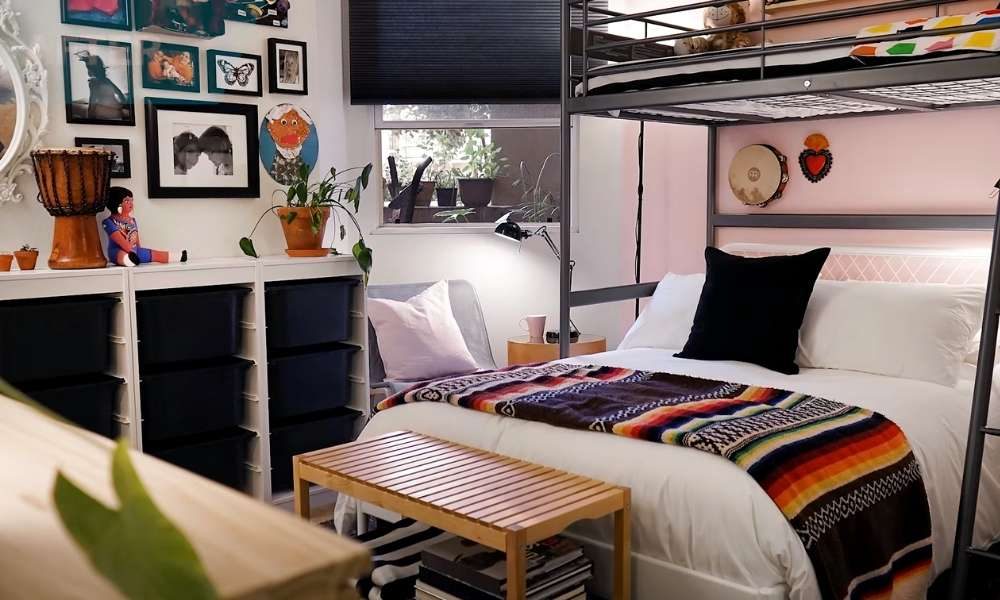Many parents have found that sharing a room with their child can be a beneficial way to get along better and to help the child develop healthy habits. It is important to remember that there is no one perfect way to raise a child, and what works for one family may not work for another. If you are considering sharing a room with your child, here are some Parents Sharing Room With Child Ideas.
1. Give the Kids the Bigger Bedroom
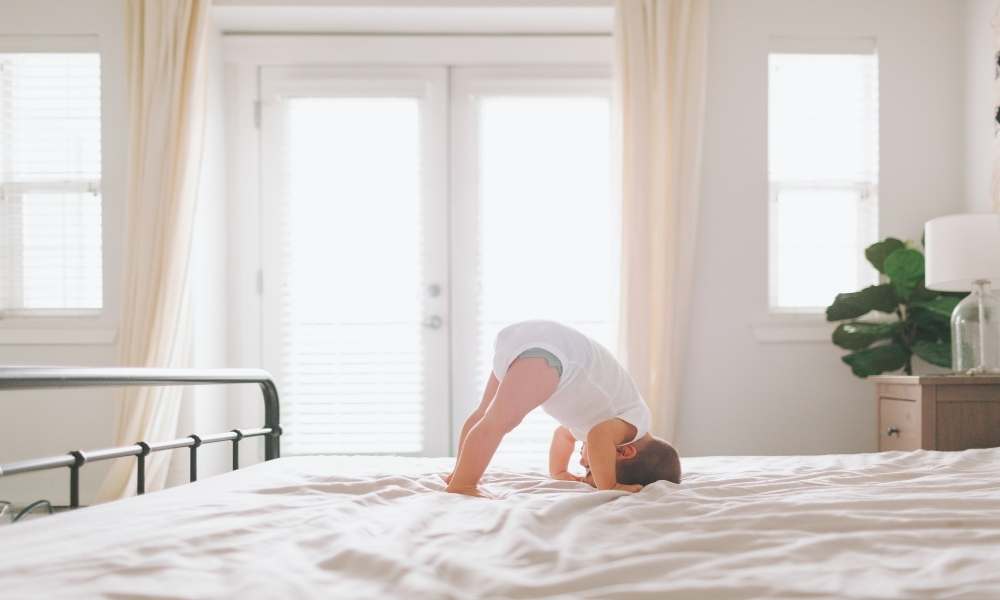
Do you want your child to share a bedroom with you? If so, there are some things to consider. This article will give some ideas on how to make the transition easier for everyone involved.
When it comes to sharing a parents sharing room with child ideas, there are a few things to keep in mind. First and foremost, make sure that both of your bedrooms are big enough. Second, come up with a plan for dividing the space. Third, be patient and communication is key! Finally, let your child know that they can always ask you for help if they need it. By following these tips, sharing a bedroom with your child will be much less stressful and more enjoyable.
2. Fold Away Your Bed for Playtime
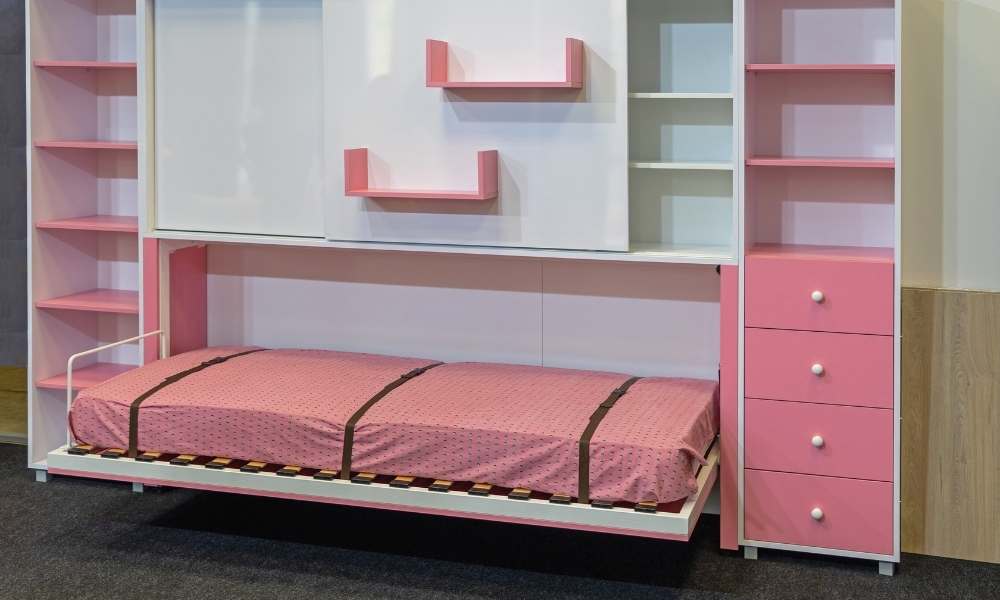
Parents who share a bedroom with their children often find themselves wishing they could fold away the bed so the kids could have more space. But, there are plenty of ways to make this dream a reality without completely dismantling the bedroom. Here are eight ideas for making your shared bedroom more playful:
1. Add a few toys and bookshelves to provide storage space for clothes and toys.
2. Hang curtains or heavy drapes to divide the room into multiple spaces. This will create an artificial wall that can be used for pretend play, for example.
3. Install a large mirror on one wall and place colorful plush toys in front of it to create a staging area for dramatic photo shoots or playsets for pretend games.
3. Display Their Toys Like decor
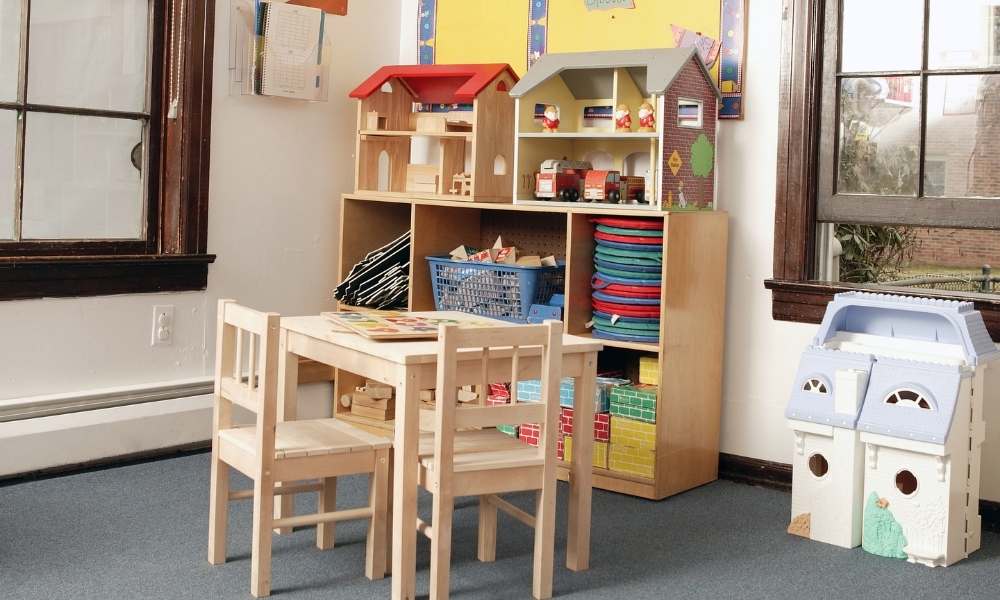
There are many ways to creatively display toys in a shared room with a child. Here are some ideas to get you started:
1. Hang colorful plastic balls from the ceiling or use string to create a whimsical scarf.
2. Display puzzles, games and other interactive toys on shelves or in cabinet drawers. This will help keep the child occupied while parents get work done.
3. Create a colorful jungle scene with toy animals, branches and leaves. Place this in an out-of-the-way corner of the room for younger children. As they grow older, move it closer to the center of the play area for more complex play.
4. Use baskets, racks or hooks to hang plush toys and other small items near the child’s bed or favorite spot in the room. This will encourage them to explore their surroundings and build imaginative play scenarios.
4. Fake a Closet With Armor
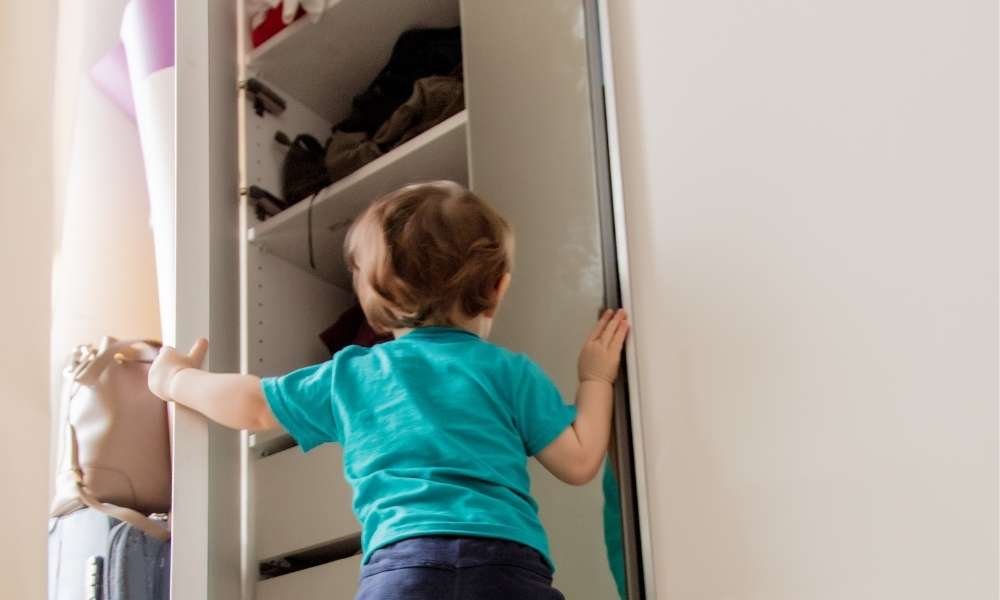
Are you looking for a creative way to manage your child’s closet space without having to invest in a lot of expensive furniture? You can fake a closet with armor using some simple supplies. Here are few steps to creating a functional and stylish fake closet:
1. Purchase two plastic storage bins from the store. They should be about the same width and depth, but not too large or small.
2. Cut a hole in one of the bins so that it fits over the rod in your child’s existing closet door. This will act as the “closet armor”.
3. Paint or stain the bin a dark color like black or navy, and then add some simple details like spikes or weapon tips to give it an extra edge.
5. Make a Mood Board
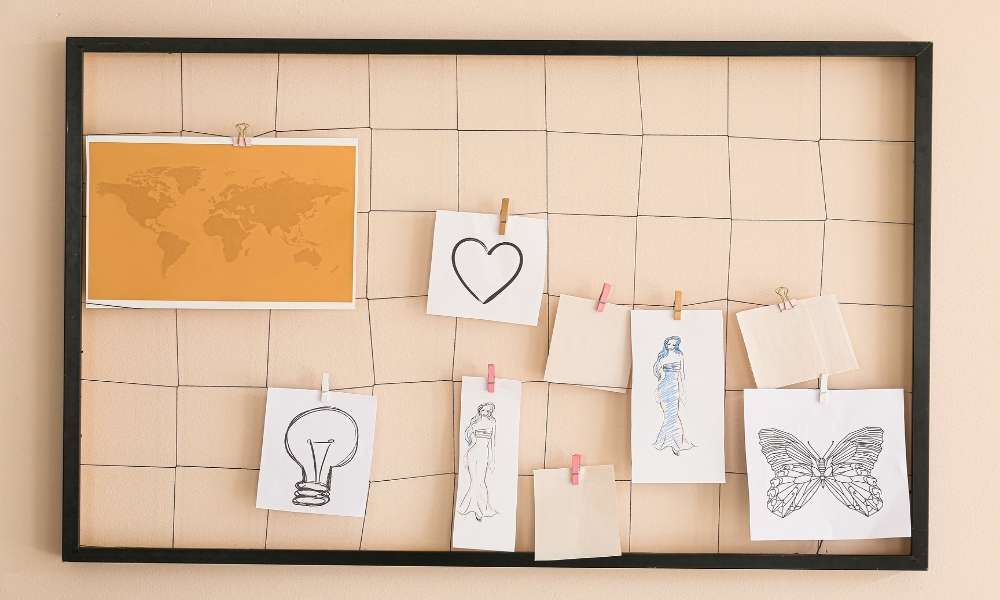
Mood boards are a great way to organize and brainstorm ideas with other parents. They can be used for any number of things, like sharing room ideas or finding creative ways to get your child involved in family activities. Here are some ideas for using mood boards:
1. Start by creating a template or sketching out what you want your board to look like before you start filling it in. This will help you stay organized and make sure everything you add is effective.
2. Once your board is ready, start by arranging items based on the concept or theme that you’re trying to address.
6. Use a Canopy for Privacy
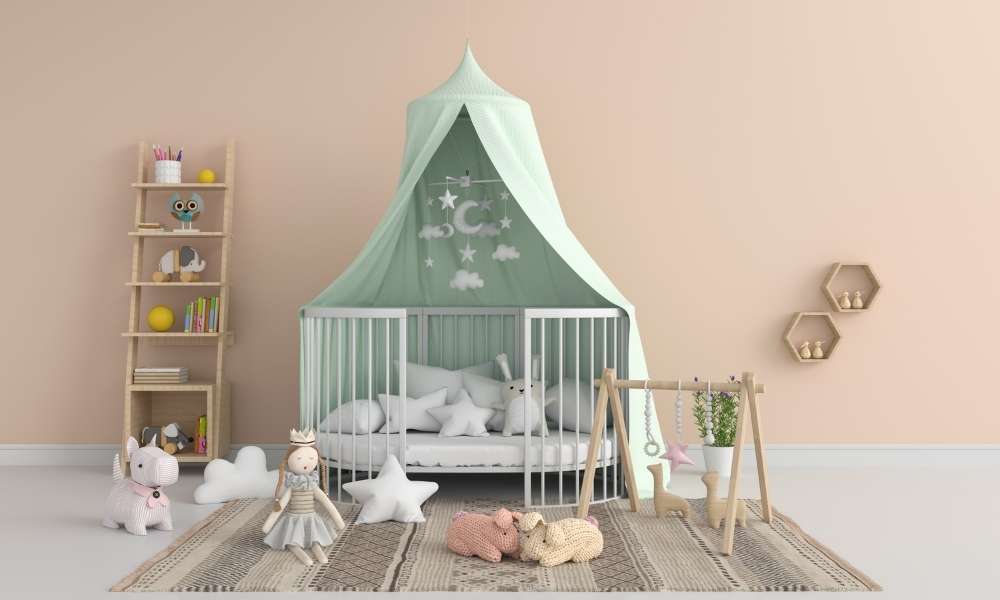
Many parents find that sharing a room with their child is the best way to foster a close relationship. However, there are a few ways to create a canopy for privacy. Here are some ideas to get you started.
1. Build or buy a twin or king-sized bed that can be moved out of the way when needed.
2. Hang curtains or drapes between the bed and wall to create partial privacy.
3. Install adjustable blinds or window covers to control sunlight and artificial light entering the room.
4. Place shelves, dressers, or nightstands in strategic locations to store toys, books, and other belongings out of sight but easily accessible.
7. Choose Bunk Beds with Curtains
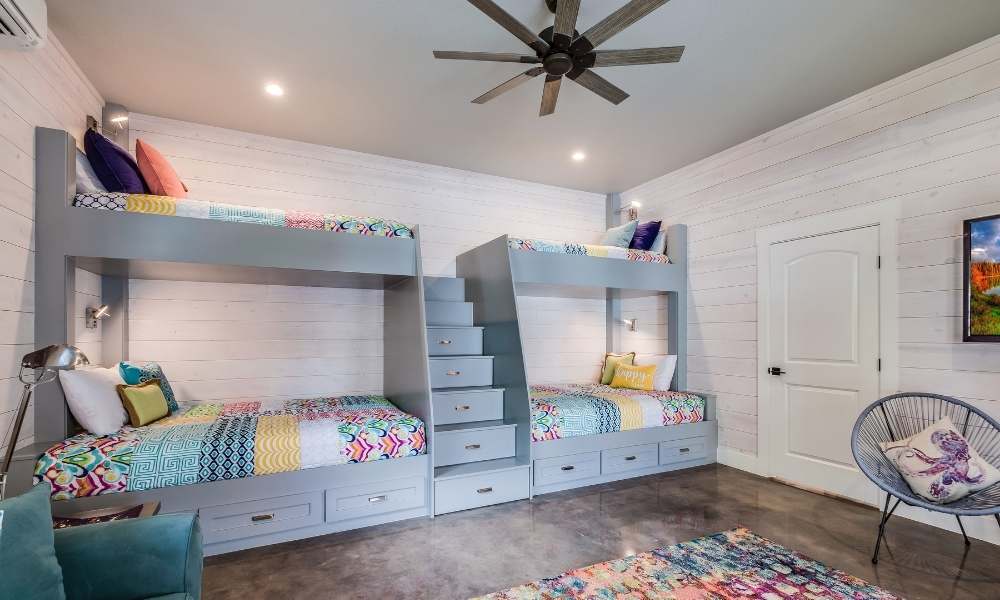
Do you have a child who likes to sleep in their own bed but also wants to share a room with another child? If so, bunk beds may be the perfect solution for you. Bunk beds with curtains can create a private space for your child while also allowing them to share a bedroom with someone else. Here are some tips on how to create a bunk bed with curtains that works well for both you and your child:
1) Decide on the layout of the bunk bed. Will the top bunk have curtains or will they be open? The bottom bunk should have curtains if there is one, but they should be open if there are two bunks.
2) Choose sheets and blankets that will work well with the layout of the bunk bed.
8. Let Each Kid Pick a Color

Parents often worry about which color their child will choose when they are choosing a bedroom. But what if each child had the freedom to pick their own color? This could reduce the amount of arguing and fighting over who gets to pick which color. Here are some tips on how to share a room with your child without them feeling like they have no choice in the matter:
1. Talk about it ahead of time – Letting your child know that you’re going to be sharing a room with them can help reduce any anxiety or tension that may be caused by the situation. It can also help lessen the chances of them staging any protests or rebellions in order to get their way.
2. Make it comfortable for both of you – It’s important that both you and your child feel comfortable in the shared space.
9. Use Elegant Lighting
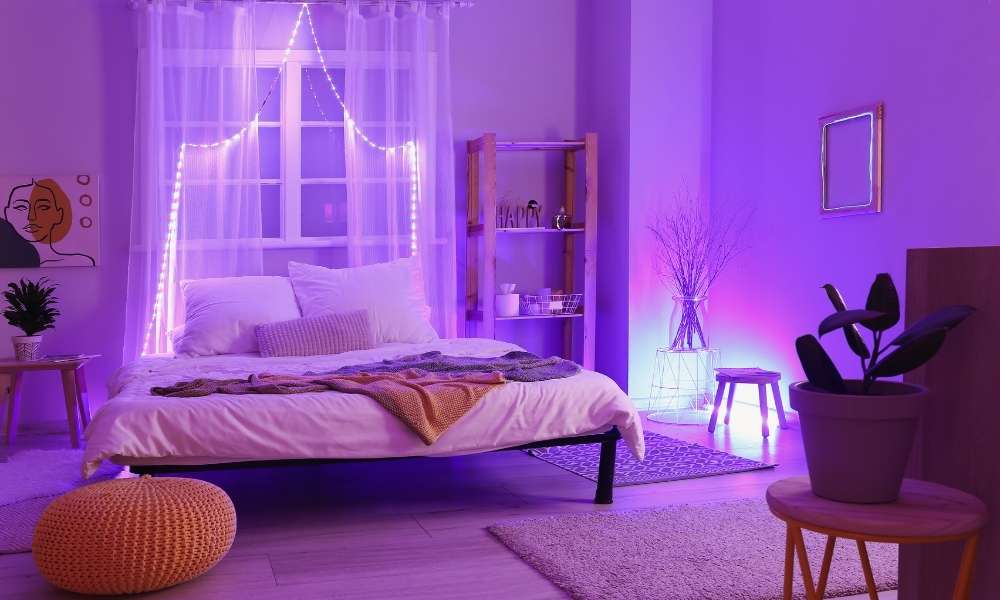
Facilitating a child’s transition to adulthood can be a daunting task. But one way to make the process easier is by creating an elegant and comfortable home environment for them. Here are some ideas for doing just that:
1. Install high-quality lighting fixtures in key areas of the home, like the living room and bedrooms. This will help create a sense of openness and comfort.
2. Choose furniture that is comfortable and inviting, like armchairs with comfortable cushions or light beds with crisp linens.
3. Create artwork or sculptures that feature natural light, like trees or flowers in bloom. This will add visual excitement and stimulation to the child’s surroundings.
4. Keep all surfaces clean and free of clutter, so the child has plenty of open space to move around.
10. Include Names in Decor

There are many different ways to name a room in your home for your parents and child. Here are some ideas:
1. The Parent’s Room. This is the room where the parents sleep, relax, and work. It should be comfortable and inviting so that they want to spend time in it.
2. The Baby’s Room. This is the room where the baby sleeps and plays. It should be decorated with soft colors, cheerful prints, and little animals or dolls that the baby will love.
3. The Twins’ Room. This is the room where two children sleep together. The walls should be painted a light color so that they can see each other easily while they’re sleeping.
4. The Big Kid’s Room. This is the room where your child starts to become more independent.
11. Opt for a Smaller Crib

Smaller cribs are becoming more and more popular, not just because they’re easier to fold up and store, but because they’re also better for your child’s comfort. A smaller crib will give your baby more space to move around and sleep comfortably. Here are a few tips to help you choose the right one:
1. Start by considering your child’s age and size. If your baby is very young or only just starting to grow, go for a smaller crib that can fit in a regular sized room. On the other hand, if your baby is already big and growing fast, go for a bigger crib that can handle their growth.
2. Consider the style of the crib. There are traditional wooden cribs, metal cribs, hybrid wooden/metal cribs and even freestanding changing tables that convert into small beds.
12. Go Neutral with Wall Color
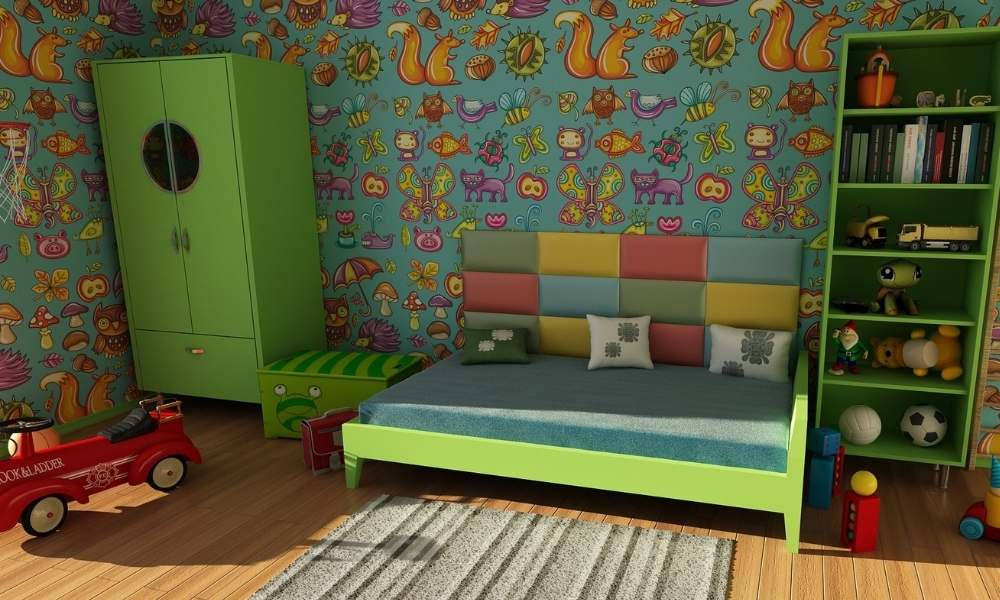
Parents often have to make the tough decision of whether or not to share a room with their child. While there are pros and cons to sharing a room, one of the most important factors to consider is the neutral wall color. Here are few ideas for wall colors that can work well in shared rooms:
1. Gray or beige. These colors are calming and will help to create a sense of togetherness.
2. White. This is always a popular choice because it creates a clean and sterile look, which can be helpful if your child tends to be messy.
3. Navy blue or light blue. These colors are soothing and can help reduce anxiety in young children who may feel stressed by sharing a room with their parents.
4. Green or blue-green .
13. Make a Changeable Art Gallery

Parents Sharing Room With Child Ideas
In the past, many parents have had to make a choice between having their child live with them or in a separate room. With today’s technology, there are many different ways for parents to share a room with their child. Below are some ideas that may help you to make a changeable art gallery that is both convenient and comfortable for you and your child.
1. Consider using wall panels or removable art pieces that can be swapped out depending on your needs. This way, you can always have your child close by while still allowing them some space to create artwork alone.
2. Install a large entertainment center near the bed so that you can keep an eye on your child yet still have plenty of room to relax and watch TV or play games. This will also give them somewhere safe to store their art supplies when they’re not using them.
The Final Thought
In conclusion, it is important for Parents Sharing Room With their children. This allows the child to have some independence and to learn how to be responsible for themselves. It can also help the parents bond more with their child. See More?
